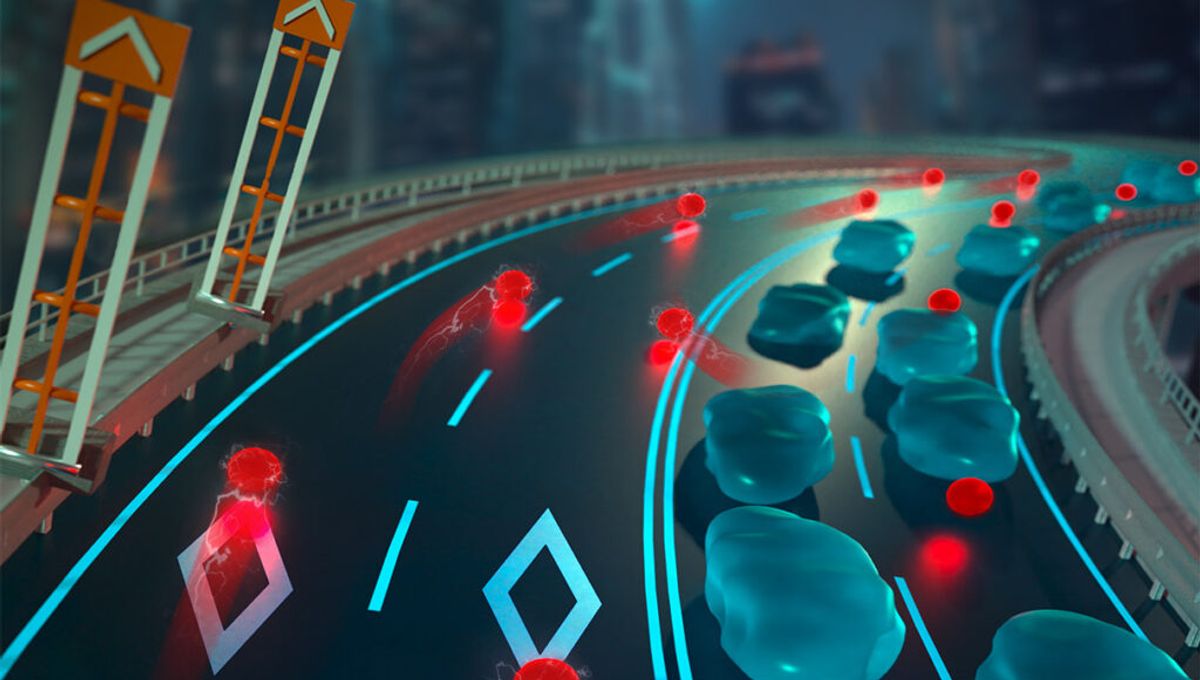
Researchers have discovered how to make ions – electrically charged atoms – move ten times faster than they would do in water alone. It is being called an “ion superhighway” and it opens up the possibility of new technological developments, from batteries that can charge faster than ever before to biosensors and soft robots.
The creation of these ion superhighways was possible thanks to some molecular planning. The team used certain molecules capable of concentrating the ions along certain nanochannels within the conducting material.
“Being able to control these signals that life uses all the time in a way that we’ve never been able to do is pretty powerful,” senior author Brian Collins, from Washington State University, said in a statement. “This acceleration could also have benefits for energy storage, which could be a big impact.”
Ions are atoms that have either lost or gained some electrons. That’s why they are charged. Electrons are the negatively charged fundamental particles that exist in all atoms and their motion is the transmission of electricity. The movement of electrons and ions was not fully understood, but this work set out to rectify that.
“We found that the ions that were flowing all right in the conductor, but they had to go through this matrix, like a rat’s nest of pipelines for electrons to flow. That was slowing down the ions,” Collins said.
The researchers created a nanometer-sized channel to let the ions flow without being disturbed, but they first had to get the ions into the channel. The solution for that came from nature, by copying how cells let ions in through their walls.
The team lined the channel with molecules that either loved or hated water – or in technical terms, hydrophilic or hydrophobic. When the hydrophilic molecules made the channel, the ions would zip through at the fastest recorded speed for ions in any material. But when the molecules were hydrophobic, the ions would not even enter the channel. The team found that a chemical reaction could regulate the flow by switching the molecules from hydrophilic to hydrophobic.
It works the other way around too. The team created a sensor that detected a chemical reaction near the channel opening – simply because the reaction interrupted the flow of ions, stopping the current a computer was measuring. This could be used to sense pollution or study the human nervous system, among many other applications.
“The next step is really to learn all the fundamental mechanisms of how to control this ion movement and bring this new phenomenon to technology in a variety of ways,” Collins added.
The study is published in the journal Advanced Materials.
Source Link: New Ion Speed Record Could Lead To Faster Charging Batteries